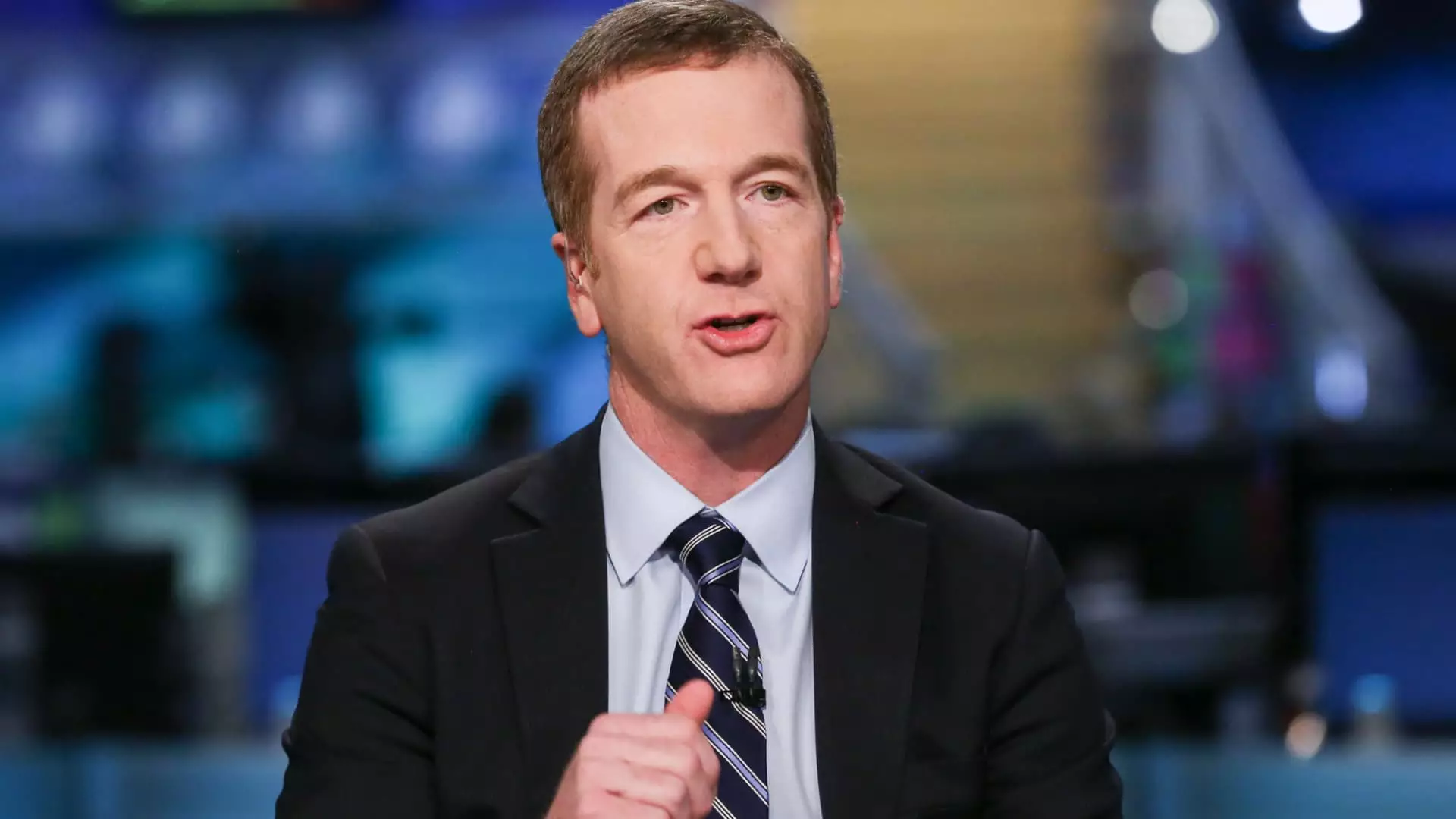In a somewhat unexpected turn, the U.S. stock market is witnessing a significant rotation, which leading investor Mike Wilson of Morgan Stanley attributes to a confluence of effects. As the stocks began to recover, shared characteristics emerged that defined this “low-quality rally.” Wilson labeled the initial movements as a “short squeeze,” which typically reflects an overcorrection as frantic investors scramble to buy back shares. This combination of market psychology and short-term trading behavior showcases the volatility inherent in today’s financial landscape.
The Role of the Magnificent Seven
Central to this market rally is the group of tech giants known as the “Magnificent Seven,” which includes heavyweights like Apple, Nvidia, and Amazon. These companies have not only played a pivotal role in steering the indexes higher, but their recent performance also underscores a more concentrated recovery in specific sectors rather than a broad-based market improvement. As of now, these stocks are propelling the S&P 500 toward its potential testing ground of 5,900—a level not seen since earlier highs. A single pullback in any of these stocks could easily reverse the optimism projected.
Divergence in Market Sentiment
While the numbers appear to paint a rosy picture of market gains—including a notable 1.8% uptick in the S&P 500—investors must remain vigilant. According to Wilson, these recent upticks may be a precarious façade, with the potential for the market to fade into the mid-year earnings cycle. He suggests that while shifts in capital could favor the U.S. now, there is little assurance of sustained growth beyond this temporary rally. Indeed, the presence of low-interest rates and favorable seasonal factors may bolster short-term momentum, but fundamental weaknesses linger beneath the surface.
Growth Concerns Amid Optimism
The pessimism surrounding U.S. stocks is rooted deeply in the fundamentals, as Wilson succinctly outlined. Earnings revisions are becoming less favorable, and with the Federal Reserve drawing a line in the sand on interest rates, any hopes for continued expansive monetary policy may be dashed. Combined with stricter immigration enforcement and other policy shifts aimed at “government efficiency,” there are emerging concerns that growth could stall if global economic conditions fail to improve. This fertile ground for volatility is something that prudent investors should consider when positioning their portfolios.
A Cautious Outlook Ahead
Despite a raised year-end target for the S&P 500 of 6,500—a remarkable 13% increase from recent levels—Wilson’s caution resonates with investors who are all too aware of the cyclical nature of financial markets. As he predicts, volatility may very well become the norm as we head toward the latter half of the year. While the allure of a new market high attracts many, the underlying issues may signal a more enduring struggle for the economy than cheerleaders would like to admit.
Through this complex interplay of market forces, the cautious sentiment that pervades the financial atmosphere serves as a reminder: optimism must always be tempered with pragmatism, especially in these uncertain times.

